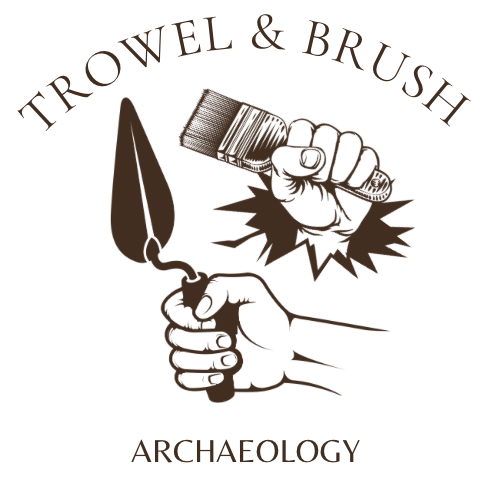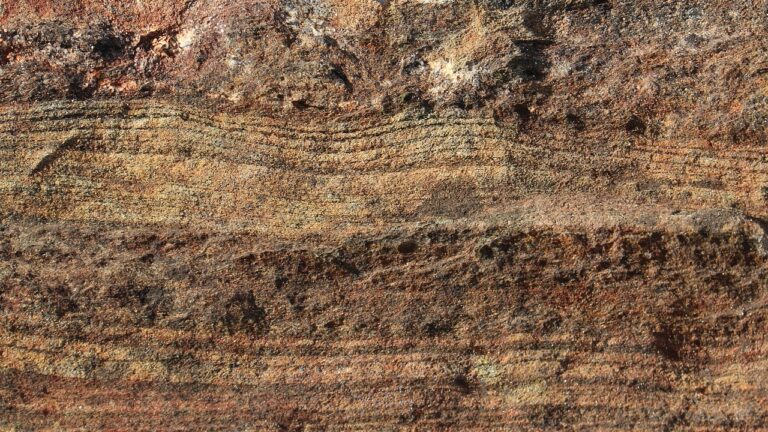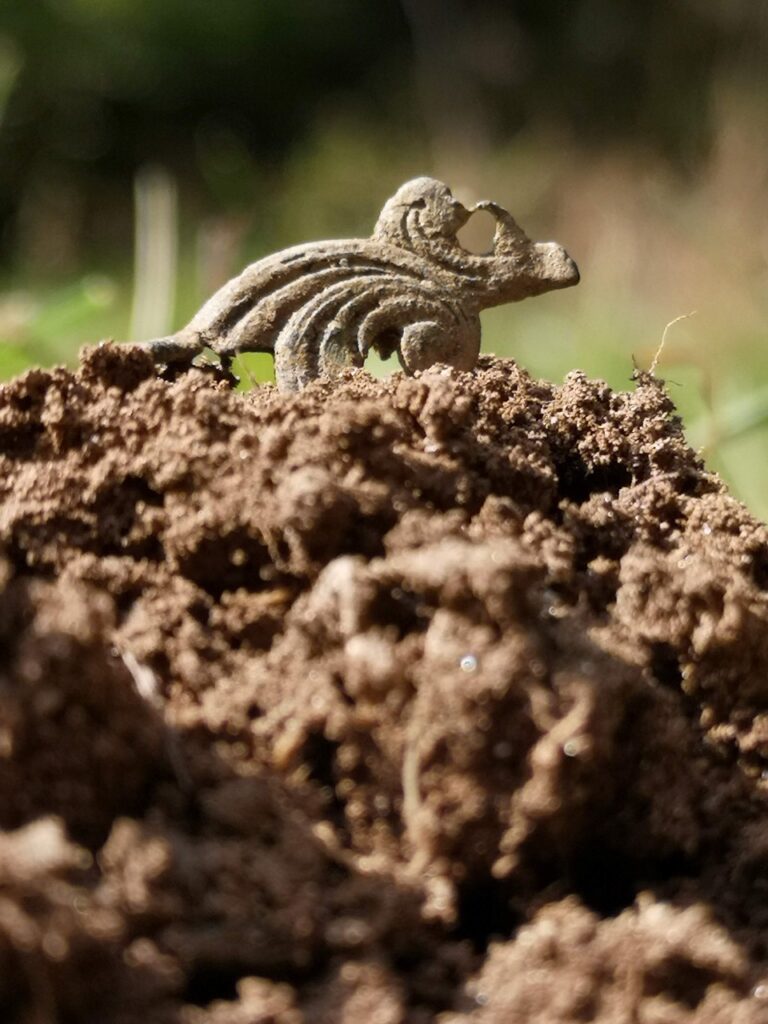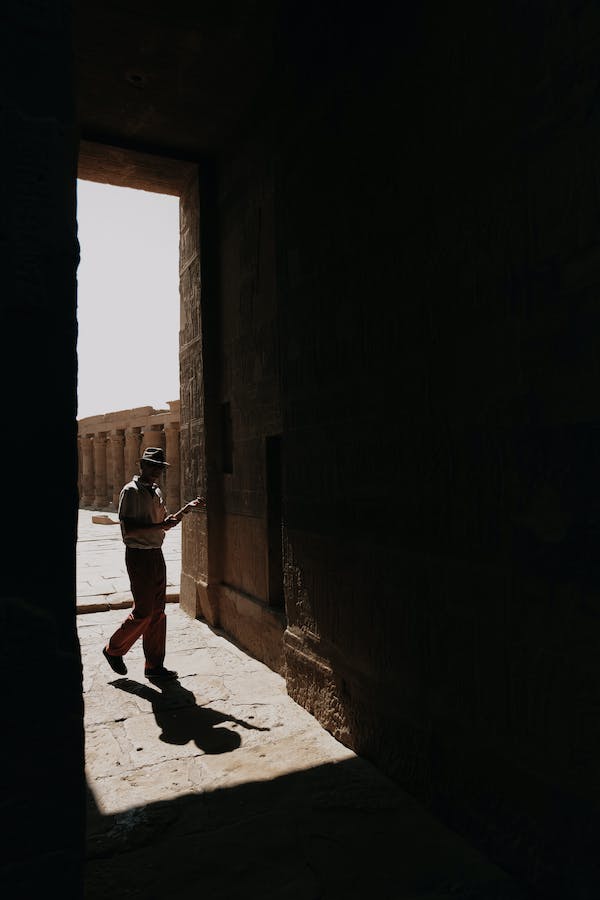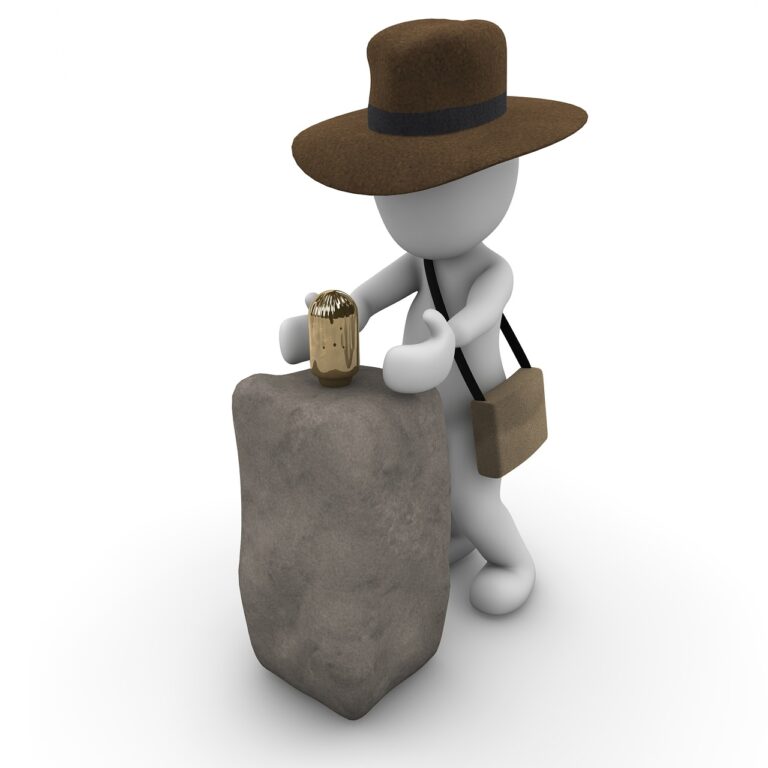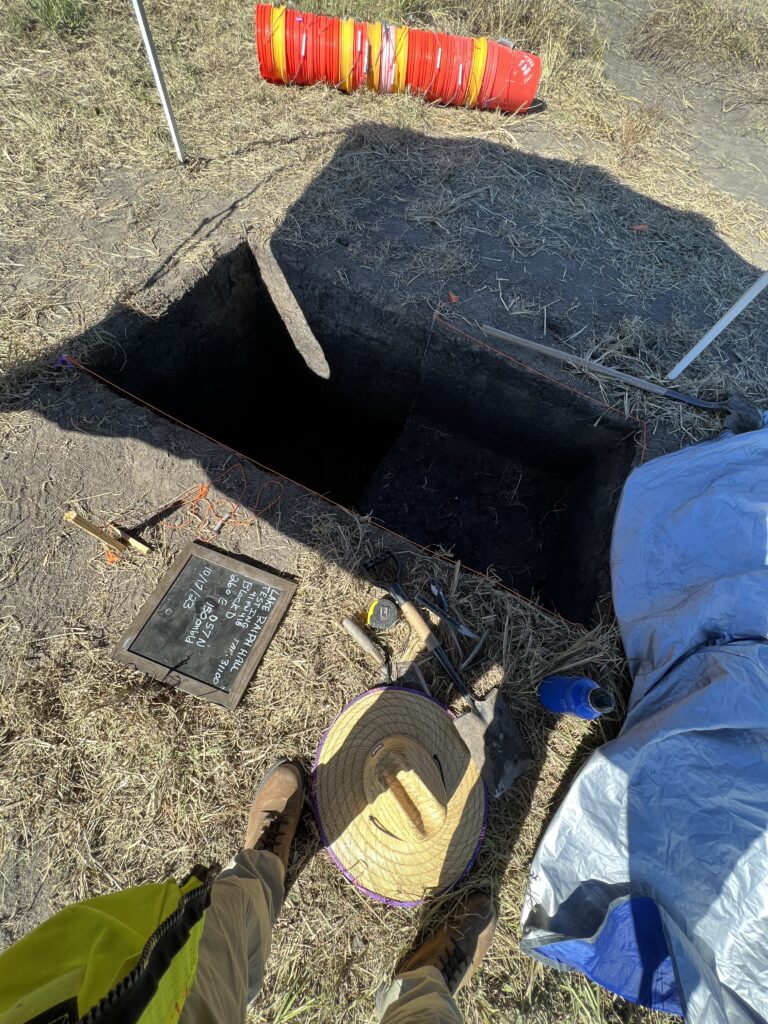Dating Techniques in Archaeology
Unearthing secrets from the depths of time is no easy task, but fear not! In the realm of archaeology, where the past dances with the present, we wield a formidable arsenal of dating methods.
In this article, we will explore the remarkable dating techniques that scientists employ to determine the ages of artifacts, fossils, and archaeological sites.
From form and antiquity to DNA, get ready to uncover the secrets hidden within layers of time. Join us on this enlightening journey as we unlock the chronicles of the past and shed light on the methods that bring ancient civilizations back to life.
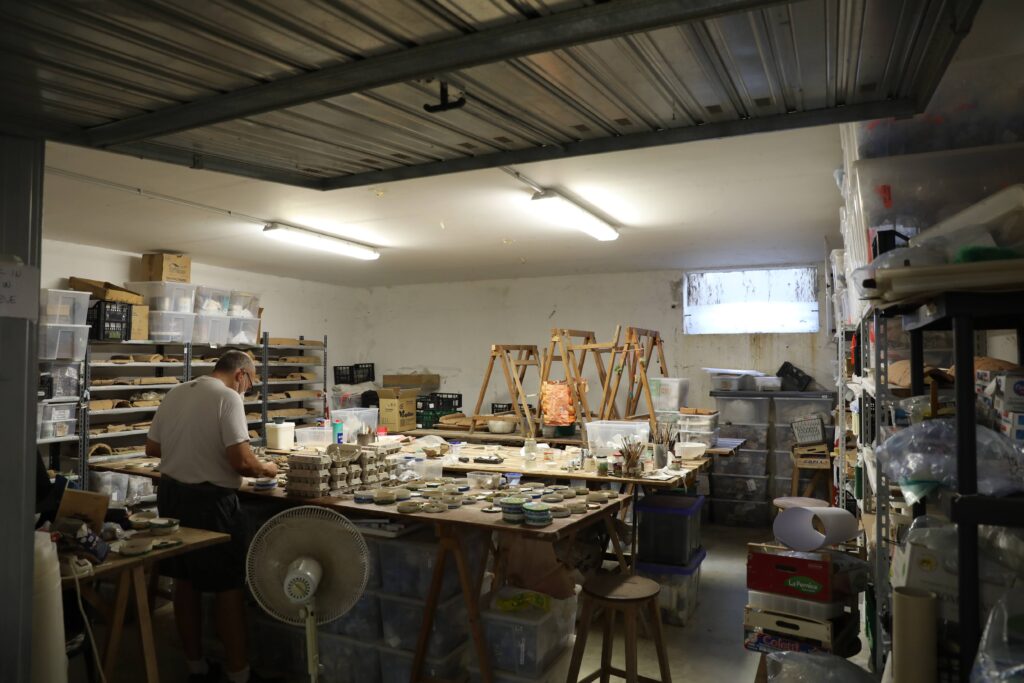
For more information about what we can learn from the dating of artifacts, check out our other post here: https://trowelandbrush.com/what-can-we-learn-from-artifacts/
Relative & Absolute Dating
In relative dating, we place a given stratum or artifact in a sequence based on it having preceded or followed another stratum or artifact.
By contrast, when we use absolute dating methods, specific dates, expressed as calendar years, are assigned to a given artifact or stratigraphic unit.
Relative Dating Techniques
Form & Antiquity
The earliest assignment of ancient status to a prehistoric artifact was done on the basis of its appearance or form.
The crudest artifact was said to be the oldest and the most sophisticated-looking tool, the most recent.
In many cases, this is not a sufficient criterion upon which to base chronology.

The Law of Superposition
This technique allows us to date geologic events by relating them to the other in terms of their position or superposition.
The law states that the strata on the bottom of any stratigraphic sequence are the oldest layers if they have not been disturbed.
Patination
When rocks lie on the surface of the ground for some time, they may acquire a chemical accretion referred to as patina.
It was commonplace for archaeologists to view patina on artifacts intuitively as an indication of some antiquity.
However, it is also possible for the patina to accumulate artifacts within a few years.
So, the degree of patination has been, at best, a very general method of determining that one artifact is older than another.

Sequence Dating & Seriation
The importance of distinguishing and understanding a change in form and manufacture of artifact types.
Establishing Chronology: By looking at a simple matching of percentages of given artifact types, you could establish a site chronology.
Type Transformation: The transformation of one artifact type into another. By comparing artifacts in this way, it is possible to assign them a relative date.
Combining the Two Methods: Quite often it is necessary to use methods combining both the synchronization and transition approaches.
Cross-dating by Ceramics: In cross-dating, a pot (or other artifacts) is compared with a series of types represented in phases and subphases of an established sequence in another locality or region.
This method can demonstrate widespread contact with other societies.
FLUORINE Chemical Analysis
Fluorine dating, although not too accurate, is a method of relative dating that allows us to determine whether bone in archaeological sites is of the same period as the sediments surrounding it or is intrusive; that is, is it a burial of later times or the consequence of some type of reworking?
The Nitrogen Method of Dating Skeletal Material
Studying the organic content of bone, rather than the inorganic fluorine analysis, it is common to determine the character of nitrogen content.
Osteological Dating
Estimates the age of human or animal remains based on skeletal development, dental eruption, or bone degeneration.

Absolute Dating Techniques
Varve Dating
Another method of dating deposits according to superposition.
Numerous glacial lakes which have in their beds a series of thin deposits called varves.
Varves are, in a way, like tree rings in that they have at least two layers laid down every year.
Wen artifacts are found associated with varves or can otherwise be related to them, it may be possible to count back from a related varve and assign a specific date to the artifacts.
Dendrochronology: Tree-Ring Dating
The relationship between climate and ring formation.
The investigator measures the thickness of tree rings. By matching enough of the ring widths of a series of trees, an overlapping sequence can be built.

Radiometric Dating
The basis of all radiometric dating is the degeneration of unstable atoms or isotopes.
The important thing to archaeologists is that the rate of disintegration can be calculated and used as a constant.
Any given radioactive material, no matter what its volume, will disintegrate; half of it will disappear or decay in a certain period of time.
Radiocarbon Dating: measures the decay of carbon-14 in organic materials to determine their age up to around 50,000 years.
The time it takes for half of the original amount to decay is called the half-life.
The basic principle is to compare the amount of the radioactive material remaining in a sample of charcoal, bone, shell, or soil to that which would be present if the animal or plant had just died.
Fission-Track Dating
This dating technique utilizes the micro paths of damage that uranium has on a rock.
To utilize this technique, it is necessary to have a sufficiently large percentage of uranium so that a statistically significant count can be made.
Thermoluminescence
Archaeologists conduct tests to measure the amount of energy stored in highly absorptive materials such as clay and pottery.
The technician measures the amount of light released above the normal level released in the heating process. This extra light emission is referred to as the artifact’s thermoluminescent glow. The value resulting from measuring this glow is compared with a table containing established thermoluminescent rates.

Optically Stimulated Luminescence (OSL) Dating
Determines the time since minerals like quartz were last exposed to sunlight by measuring the light energy released when stimulated.
Calendrics
The archaeologist who is working with civilization or societies evolving to civilization or societies evolving to the level of civilization very often may excavate ancient calendars or other evidence of calendric systems.
Sometimes these calendric systems can be used in dating archaeological sites if the calendar itself and its hieroglyphic symbols are deciphered.
Techniques That can be Relative or Absolute
If an archaeologist can hook a “hard” or absolute date into a sequence of events, they may be able to turn a relative dating technique into an absolute one.
For example, a combination of techniques employed can achieve a concrete date.
Obsidian-Hydration Dating
When obsidian combines with water, it forms a new substance that refracts light.
When a thin section of obsidian is illuminated, the line between the hydration layer and obsidian is clear.
The technicians next task is to measure the thickness of the hydration rim.
The technician then compares the thickness of the hydration rim measured on a specific artifact to a conversion chart which tells how old that artifact is.

Archaeomagnetism
Clay minerals take on the magnetic orientation of the earth’s magnetic field at the time they are formed.
The archaeologist must compare the magnetization of the clay with the magnetic orientation of the earth at the time of cooling.
Electron Spin Resonance (ESR) Dating
Measures the accumulated radiation dose in tooth enamel or other materials to determine their age.
PLEISTOCENE Geology, Palynology, and Paleontology
These disciplines and their relevance to reconstructing ancient environments can help us establish archaeological chronology.
Giddings’ Beaches
The successions of beaches here and elsewhere were built by the changing habits of wind and sea.
It has been commonplace in Europe and the Mediterranean to relate archaeological sites to specific geological deposits left behind during the rise and fall (or otherwise shifting) sea levels.

Aspartic Acid Racemization
Amino acids that rotate light to the left are called I-isomers, and those that rotate it to the right are D-isomers.
When an organism dies, most of its I-amino acids begin to change their form, more and more of them rotating light to the right.
This process of change in the direction of the rotation of polarized light is called racemization.
Using this technique, archaeologists can date ancient human bones.
Genealogical Dating
Uses genealogical information or family histories to estimate the age of certain artifacts or structures.
DNA Analysis
Examines ancient DNA preserved in archaeological remains to gain insights into genetic relationships and estimate their age.

Conclusion
Among the most important tasks in any archaeological study is the establishment of specific points of reference for the times being estimated and time frames for the material being studied. Fortunately, dating is one of the most interesting technical aspects of archaeology.
For more detailed information on these dating techniques, check out the Current Scientific Techniques in Archaeology book here: https://amzn.to/3MQV6Tw
